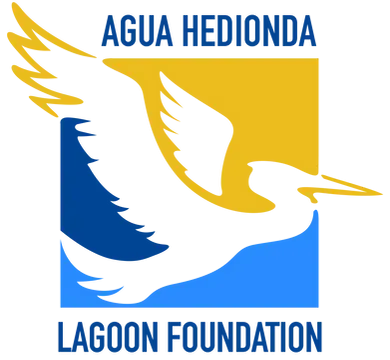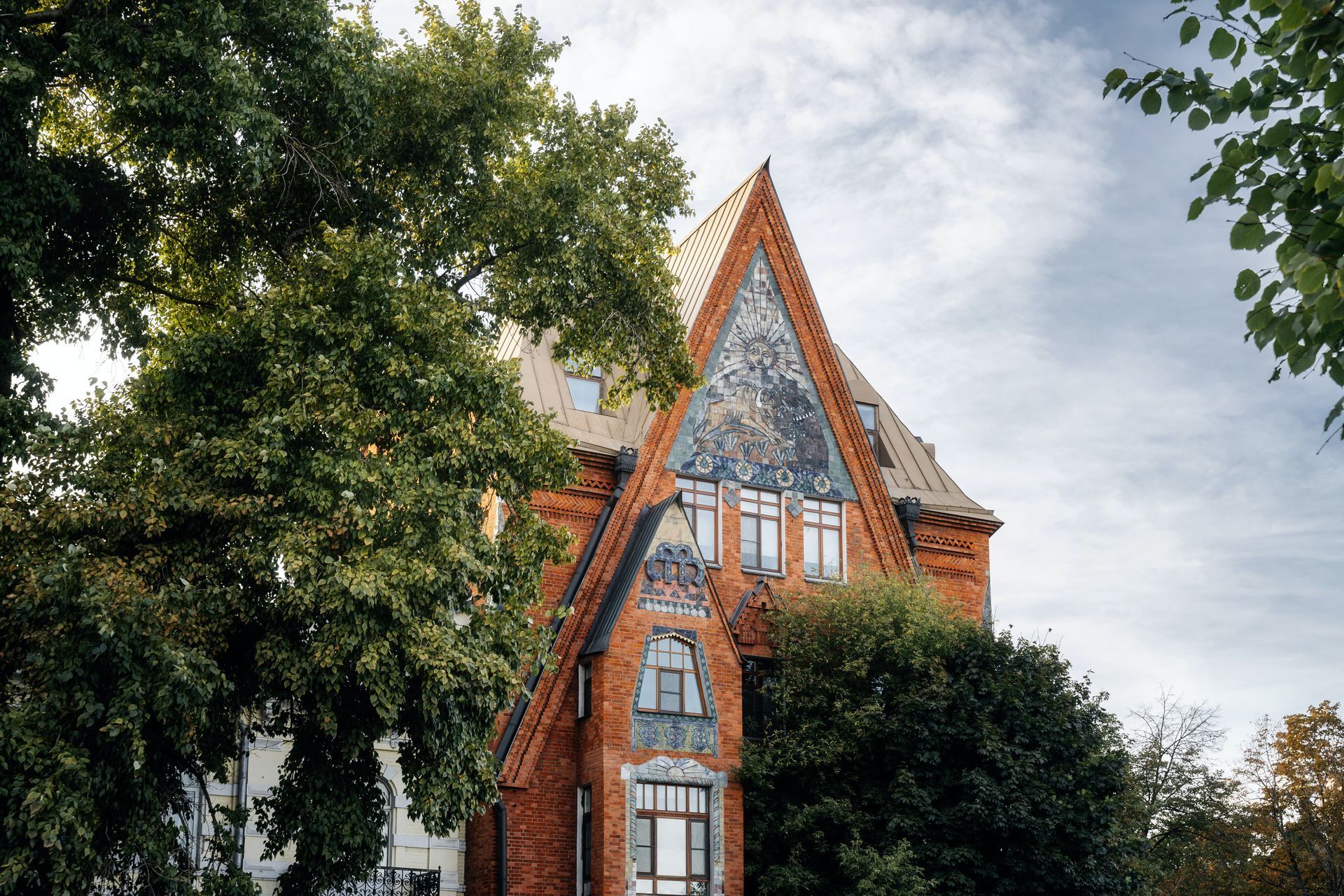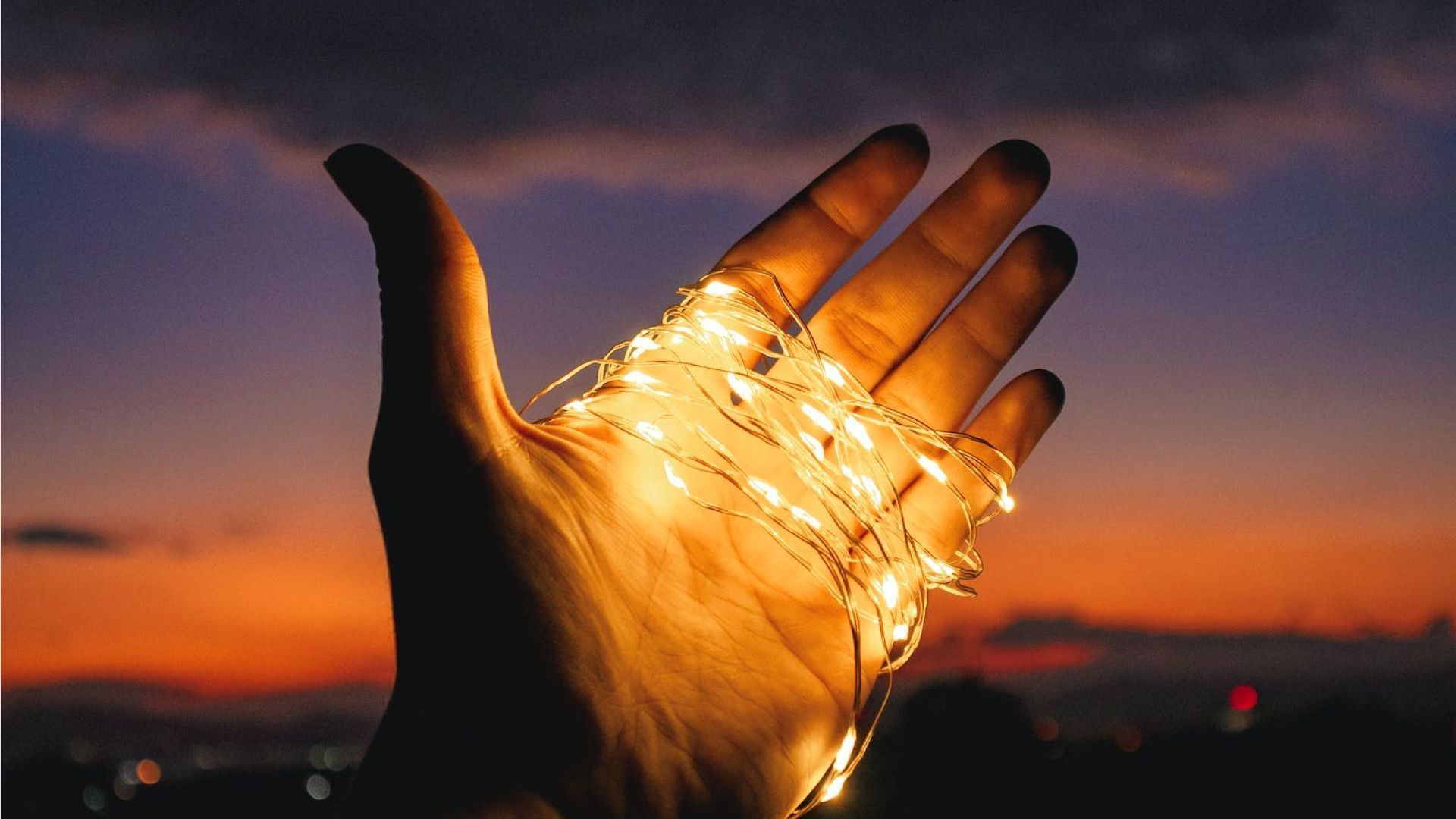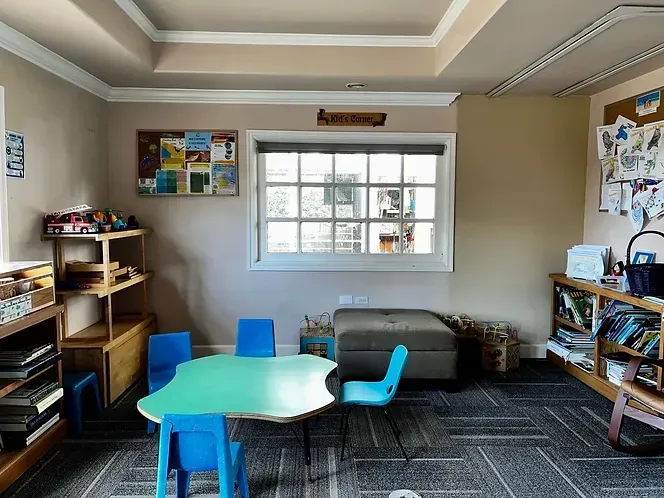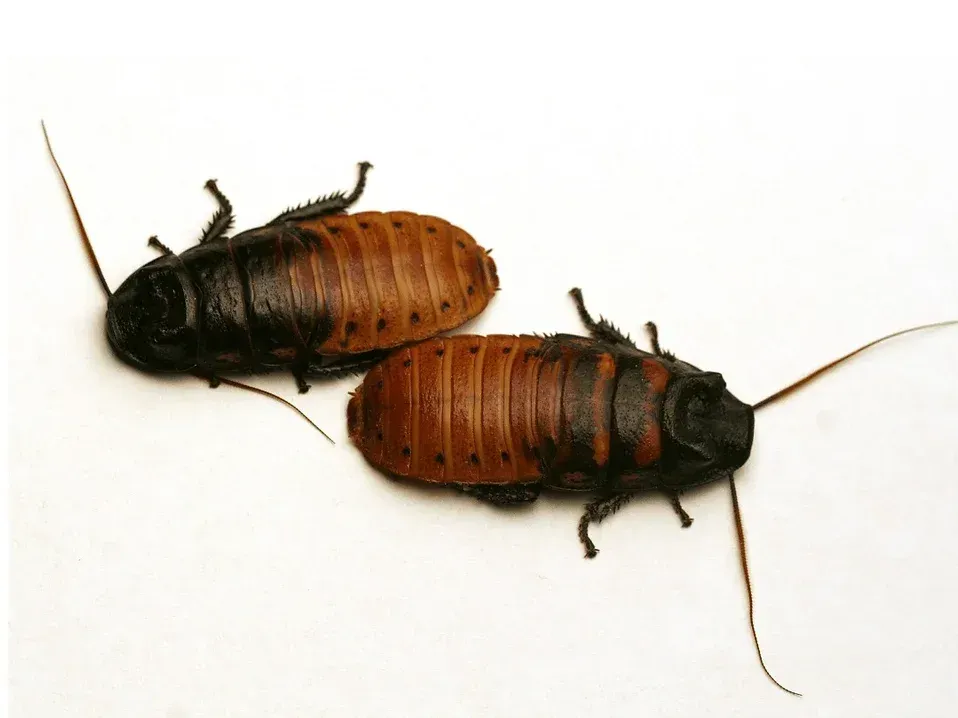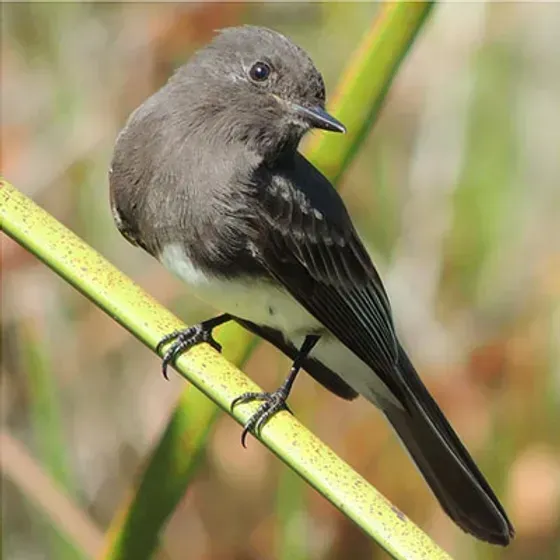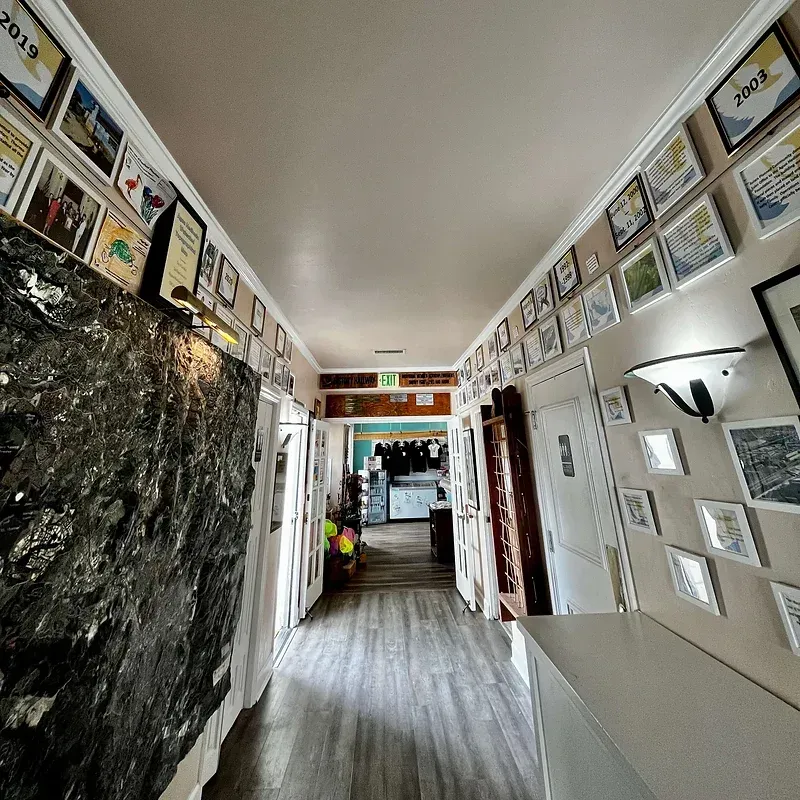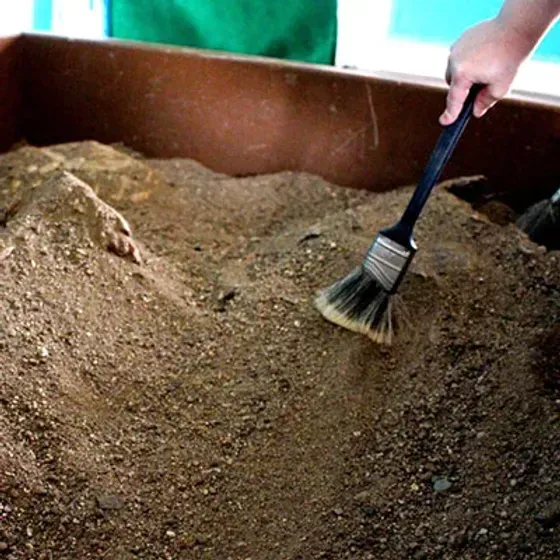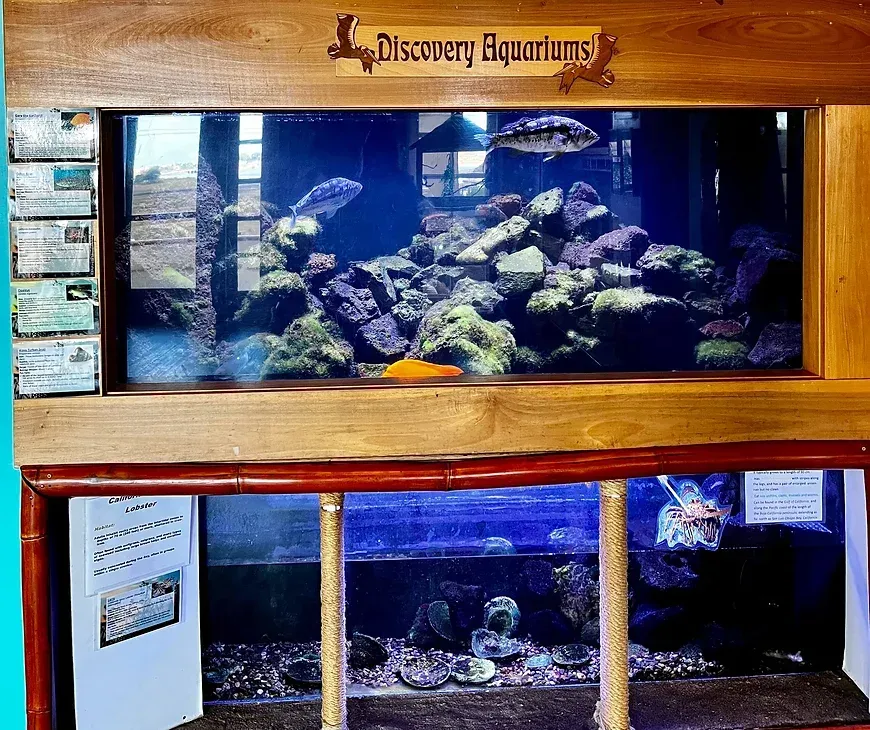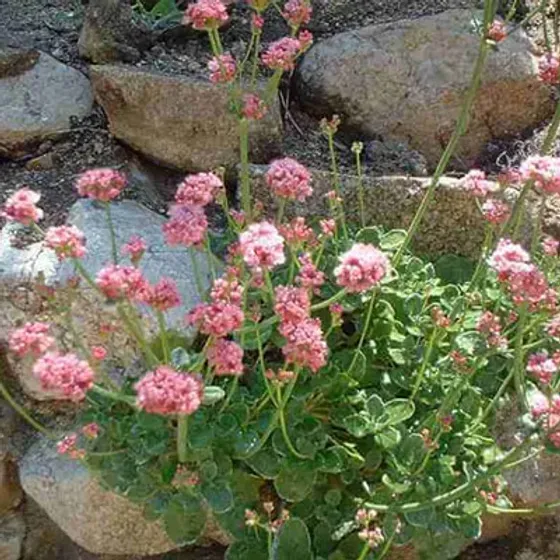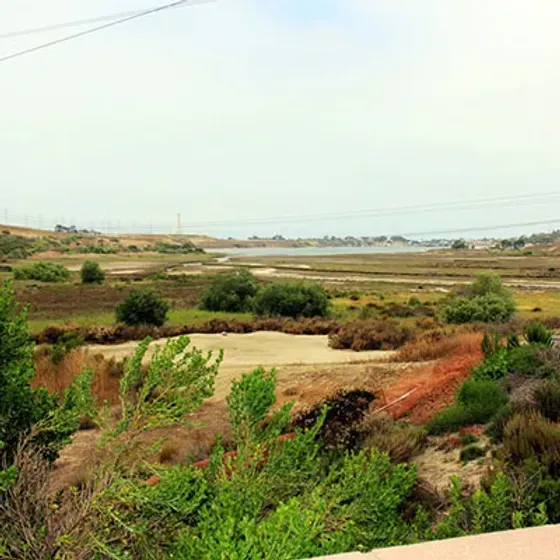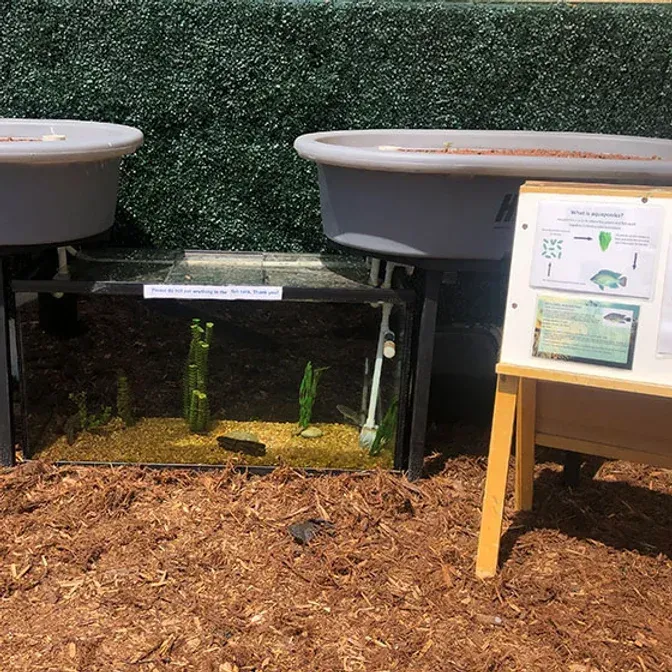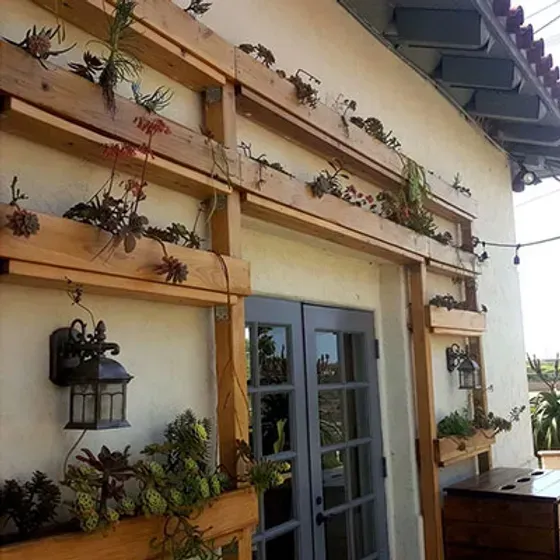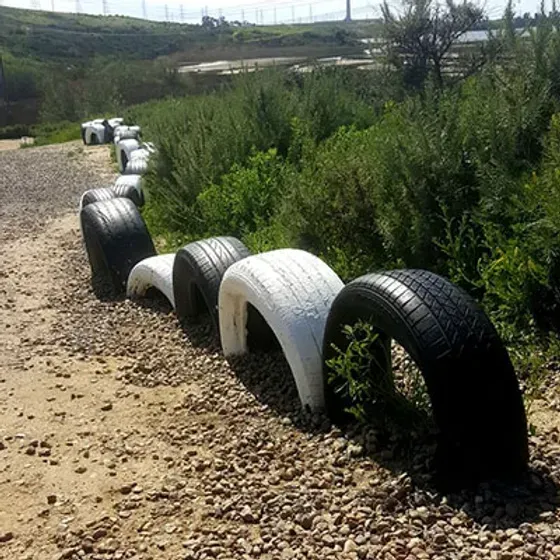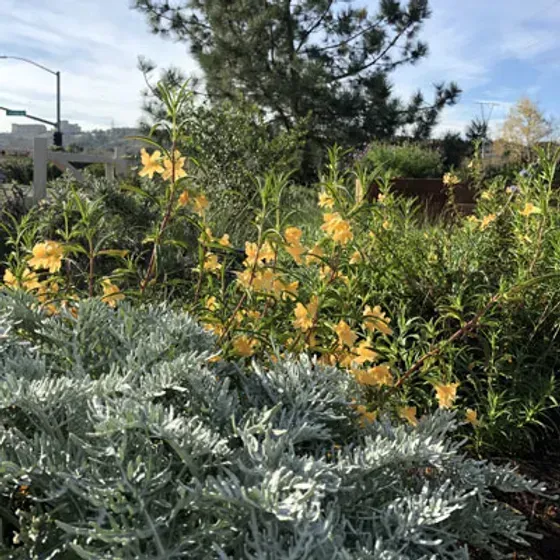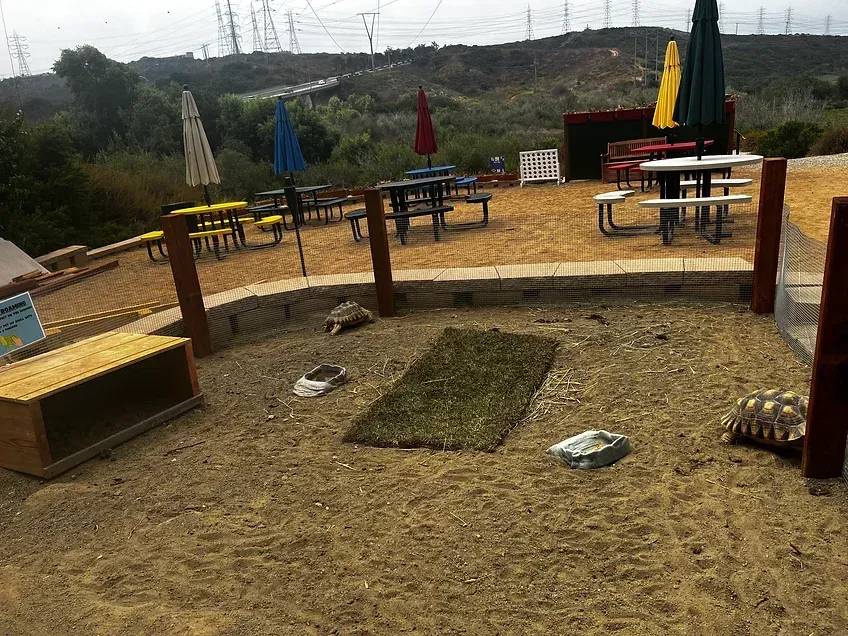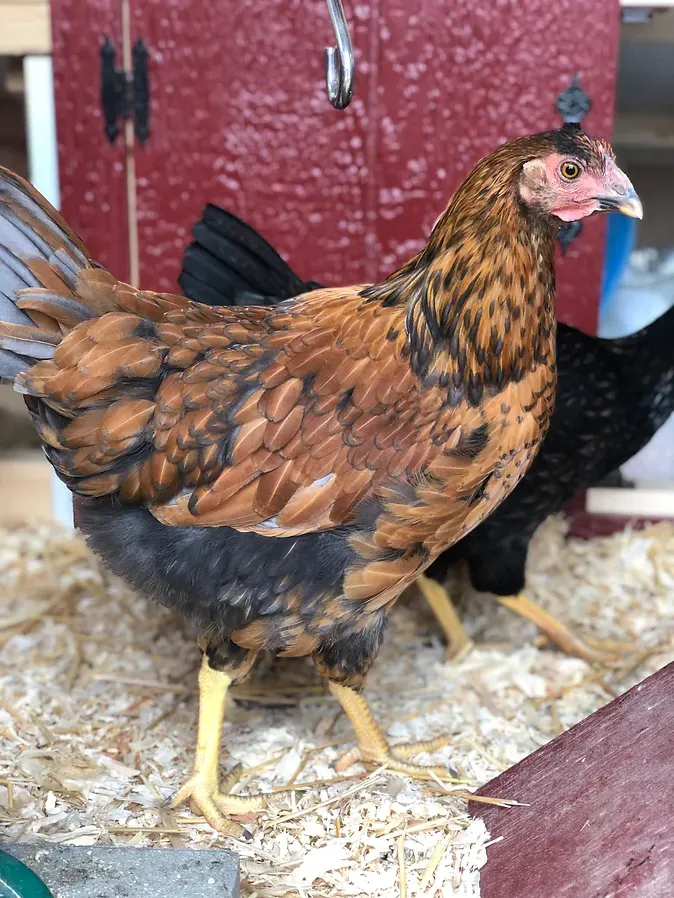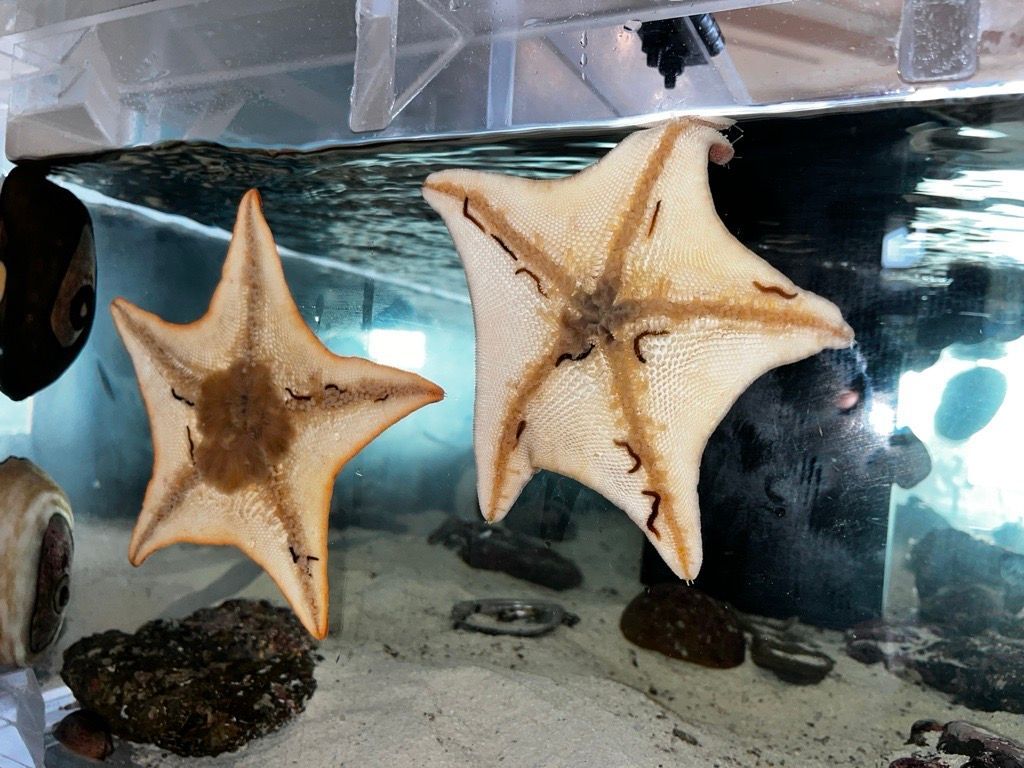the discovery Campus
The Discovery Campus is an extraordinary collection of hands-on exhibits, gardens, and live animal ambassadors allowing visitors to “taste nature.”
taste Nature
Visit the Agua Hedionda Discovery Campus
The Agua Hedionda Lagoon Foundation operates the Discovery Campus. We are open to the public, but we primarily serve families with school-aged children who care about the environment, the watershed, and the local community. These families come to Agua Hedionda Lagoon Foundation for active ways to involve their kids in fun, hands-on, educational experiences that give them a sense of accomplishment.
Discovery Campus Hours
- 7 days a week 9am - 4pm
You do not need to make a reservation to visit the Discovery Campus.
- The Discovery Campus is wheelchair and stroller accessible.
- Please be advised that our school programs are scheduled every day of the week so in the event of rain, the Discovery Campus may be closed until 1:30 PM. Additionally, if rainfall occurs on the weekend, the Great Room will be closed due to birthday parties moving indoors. Thank you for your understanding and cooperation. If you have questions about visiting during a rainy day, give us a call at 760-804-1969.
Special Hours:
December 25th all day in observance of Holiday
December 31st at 12 PM (open 9 AM - 12 PM)
January 1st all day in observance of Holiday
Discovery Campus Cost
- We have a suggested $15 donation for a group of up to 6 people.
- If you plan to bring more than 6 guests, please give us a call so we can prepare for your visit.
Note: A $25 group admission fee applies for parties of 6 to 15 guests. - Members are complimentary.
Steward
memberships cost as little as $10 a month for the entire year.
Get Directions
Questions about scheduling contact:
Certified Autism Center
Learn more about the accommodations offered and what it means to be IBCCES certified.
SCHOOL PROGRAM HOURS
School Program hours, 9:30am - 1:15pm, August - May
From 12:25pm - 1:15pm during the school year, visiting schools are inside the Discovery Center for presentations. Indoor access is limited during this time.
discovery cAMPUS exhibits
Invertebrate Island
Meet some of the smaller creatures that share our planet, bugs! These spineless wonders have important jobs, unique adaptations, and interesting ways of life. Learn all about these fascinating creatures and see them up close! All of the animals currently living in Invertebrate Island are species that can be found in our local regions, from the coast to the deserts.
Birds of Agua Hedionda Lagoon
Photographic exhibition. This beautiful display of local wildlife photos features over 20 different species of birds that were photographed at the Agua Hedionda Lagoon. Some are year-round residents while others visit the Lagoon to eat and rest while on their annual migratory journey. In addition, we also have bird nest replicas from over 6 types of birds!
